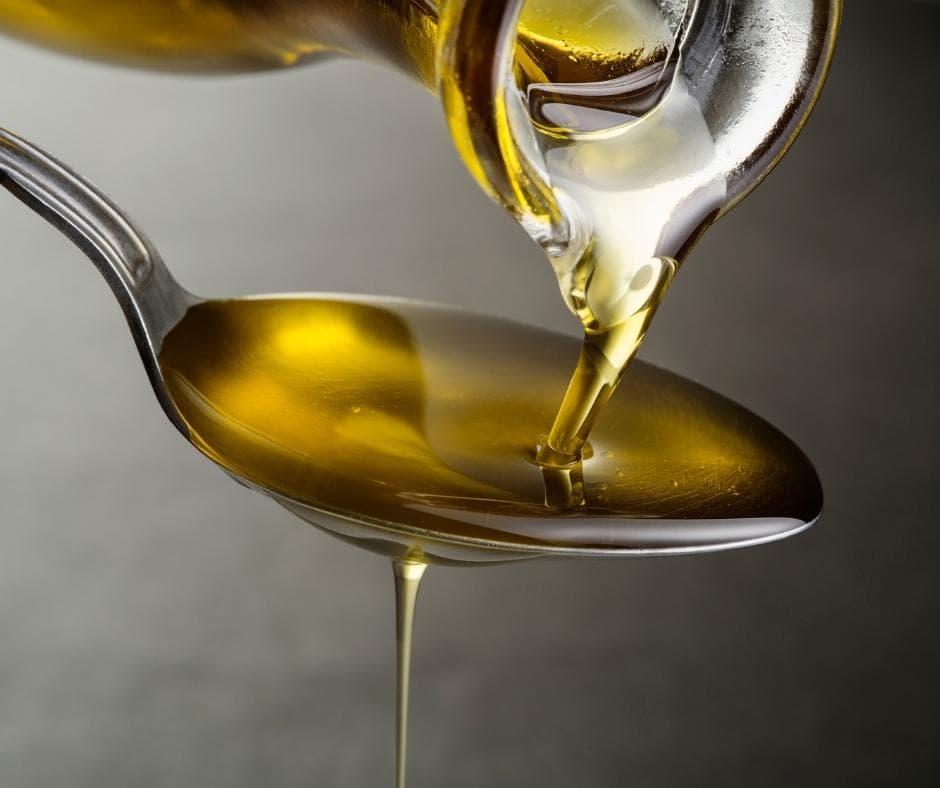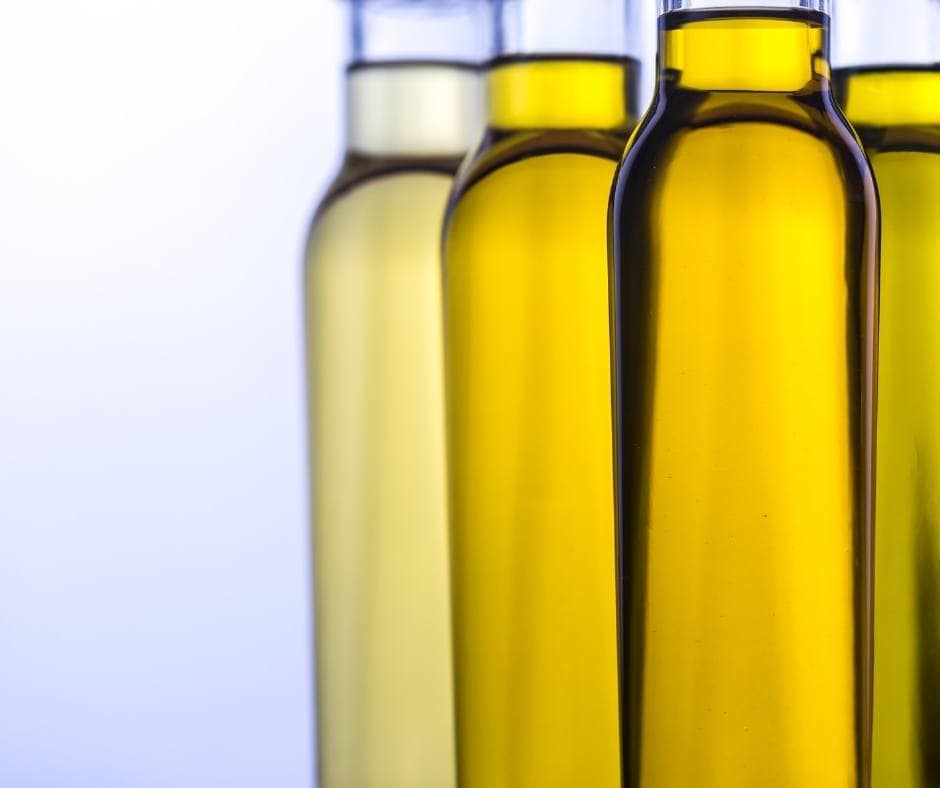If you own wood floors or furniture, there are good odds that using Murphy’s Oil Soap is part of your care plan. That goes double if you have a lot of leather. Murphy’s Oil Soap not only cleans, but it also helps give it a more complete finished look.
You’ll want to know how to use it to get the best results, and that includes knowing whether you need to dilute it for the best results. One question you might have is whether to dilute it before using it.
We researched the question and all of its associated angles for this article. We hope you find it of value and that you learn a little something about how to better take care of your wood floors or high-end furniture.
In This Article We'll Discuss
How do you dilute Murphy’s Oil Soap for furniture?
When you pay for Murphy’s Oil Soap, you aren’t paying for a lot of extras. It’s just the soap. When you want to use it, you’ll want to dilute it.
The basic formula is a quarter cup of Murphy’s for a gallon of warm water. Warm water is key. You don’t want to mix Murphy’s with cold water.
If you have a particularly difficult mess to clean up, you’ll want more Murphy’s. For heavy cleanings, increase the amount of soap you use to half a cup.
Do you dilute Murphy’s Oil Soap?

In the bottle, Murphy’s Oil Soap is really a soap concentrate, so you’ll want to dilute it for a couple of reasons.
The first is because that’s how it’s intended to be used. Just as you’re advised to only use a little bit of bleach cleaner in a bucket of hot water, you don’t want to use Murphy’s at full strength.
Selling it in concentrated form has a pretty good advantage, which is that you can adapt the strength of your cleaning solution to match the severity of your mess.
If it’s a routine cleaning, you can use a quarter cup to a gallon of warm water. If it’s a heavy mess, use half a cup per gallon of warm water. Once you get used to it, you’ll get a better idea of the proper soap-to-water ratio for your mess.
The second is basic dollars and cents. Murphy’s isn’t the most expensive soap on the market, but there’s no need to just use it up. It’s also surprisingly versatile, so you’ll want to ensure that you don’t use it up too quickly.
Can Murphy’s oil soap be used on wood furniture?
One of the most common uses for Murphy’s oil soap is for wood products. It is a gentle cleaner that can cut through dirt with ease.
A cleaning tip for using Murphy’s on wood furniture is that when you’re finished cleaning it, follow it up with a dry cleaning rag to make sure you have all the soap and water wiped up and the wood is dry.
You can rub a little bit of Murphy’s into wood to give it a shine, but be careful because while it has oil in it, it also has cleaning agents. So, it’s intended to bust through dirt rather than polish up wood. Also, in general, it’s a good idea to dry wood thoroughly after cleaning to prevent water from penetrating the fibers.
The best oil to use to shine up your wood furniture is linseed oil.
What does Murphy’s Oil Soap do?

Murphy’s Oil Soap is a versatile cleaner that uses a potassium vegetable oil as its base ingredient. It is mixed with a few other things and a little bit of water to form the soap concentrate.
While it’s most commonly associated with cleaning floors and wood products in the home, it has a lot of applications.
In the home, it is great in polishing up metal fixtures and is useful to clean the bathroom with just one product. It is also used to clean leather because it not only helps lift away dirt but also moistens it.
One of the most common uses for it is to clean horse tack and saddles. It can also prevent the accumulation of sludge in black powder guns.
Artists use it to clean brushes after removing excess paint, dissolves certain ink stains easily, and lubricates potters wheels when mixed with water.
It also has application on cars, specifically powering through residue build-up on hubcaps created by disc brakes.
Finally, home gardeners report that when mixed in very low concentrations — 2 to 4 percent — that it is useful as an insecticidal soap on plants. If you use it for this, take care to only spray it on pest insects and not beneficial ones.
Can I use Murphy’s Oil Soap on antique furniture?
You can use Murphy’s Oil Soap to clean wood in general, but when it comes to antiques you want to be careful.
If you use it to clean, it is a smart idea to think of it just as a cleaning agent and not also as a finisher. Clean it with the soap, but then wipe all the soap up before using something more appropriate to put a finish on antique wood furniture.
One way you can use Murphy’s Oil Soap on antique furniture is to strip away dirt by mixing it with paint thinner and applying that with a paintbrush sized to meet the stain you’re cleaning. Make sure you clean up all the soap and paint thinner mix.
It should shine pretty brightly.
Conclusion
For best results, you’ll want to dilute your Murphy’s Oil Soap before using it. That’ll help you avoid the risk of over-soaping your wood furniture and floors, but it’ll also help prevent you from shelling out money for too many bottles.
This will help make sure you can properly clean your hardwood possessions and preserve and even improve their appearance. Plus, you’ll save a few bucks because you won’t have to keep buying bottles of soap.
We hope you found this article of value. If you did, we’d love to hear about it in a comment. If you have your own tips, leave comments with those, as well. Or share on your social media networks.


